Paris offers numerous museums away from major tourist crowds, presenting specialized collections. These institutions focus on diverse subjects including Asian art, mineralogy, historical urban planning, and contemporary photography. The exhibitions provide detailed insights into specific fields and historical developments. Visitors find space for focused observation without crowded halls. Collections range from archaeological finds to technical models and artistic works from various periods. These museums complement the city's cultural offerings through their thematic diversity and scholarly approach. They provide opportunities to explore specific areas of interest and discover lesser covered aspects of the Parisian cultural landscape.

Paris, France
The Musée de la Vie Romantique occupies the former residence of painter Ary Scheffer in the Quartier de la Nouvelle-Athènes. This museum displays collections related to French Romanticism of the 19th century, featuring paintings, sculptures, personal objects and furniture belonging to artists and writers of this period. The ground floor rooms are dedicated to George Sand, presenting jewelry, portraits and family heirlooms. The museum's garden provides a quiet setting with a tea salon.
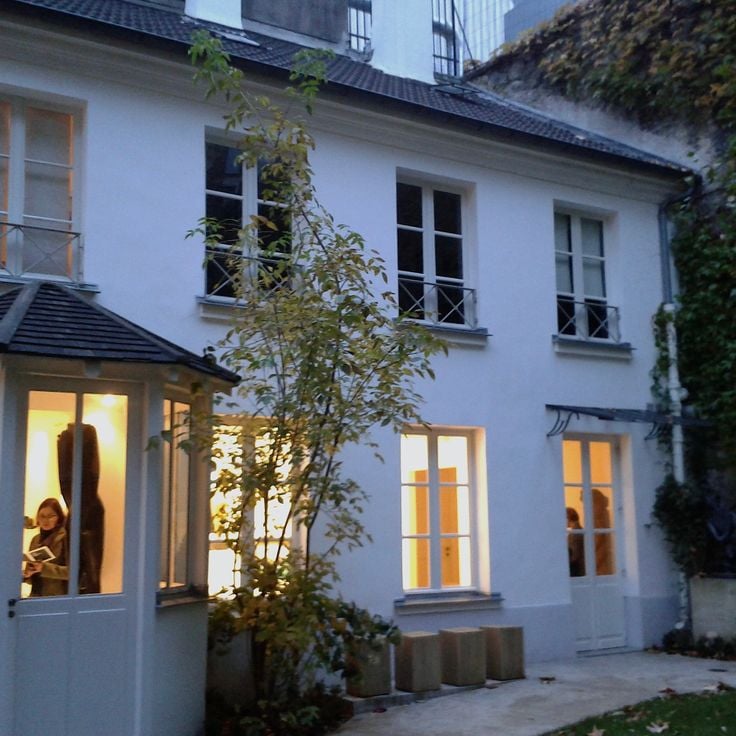
Paris, France
The Musée Zadkine occupies the former studio of Russian-French sculptor Ossip Zadkine, where he worked from 1928 until his death in 1967. The museum displays over 300 works, including sculptures in wood, stone and bronze, drawings, gouaches and photographs that document different periods of the artist's creative output. The surrounding garden features additional bronze sculptures set among plants and trees, providing a quiet setting for viewing the three-dimensional works. The collection includes both figurative and abstract pieces, illustrating Zadkine's artistic evolution from Cubism to more expressive forms.

Paris, France
The Musée Carnavalet occupies two historic mansions in the Marais and chronicles the history of Paris through an extensive collection of more than 600,000 objects. The displays span from archaeological finds dating to the Stone Age through to documents and artworks from the 21st century. Visitors can explore furniture, paintings, sculptures, and everyday items that illustrate urban life across different periods.

Paris, France
The Musée Cernuschi opened in 1898 in a former private residence near Parc Monceau and houses over 12,000 artworks from China, Japan, Korea and Vietnam. The collection includes ancient bronzes, ceramics, paintings and Buddhist sculptures assembled by Henri Cernuschi during his travels across Asia. The museum is part of Paris Museums and presents rotating exhibitions on Asian art.

Paris, France
The Musée de Minéralogie houses a scientific collection of over 100,000 minerals and crystals. The institution presents specimens from various geological periods and geographic regions. A significant portion of the exhibition is dedicated to meteorites of different origins, offering insights into the composition of the solar system. The collections serve both research purposes and the communication of mineralogical knowledge to visitors.
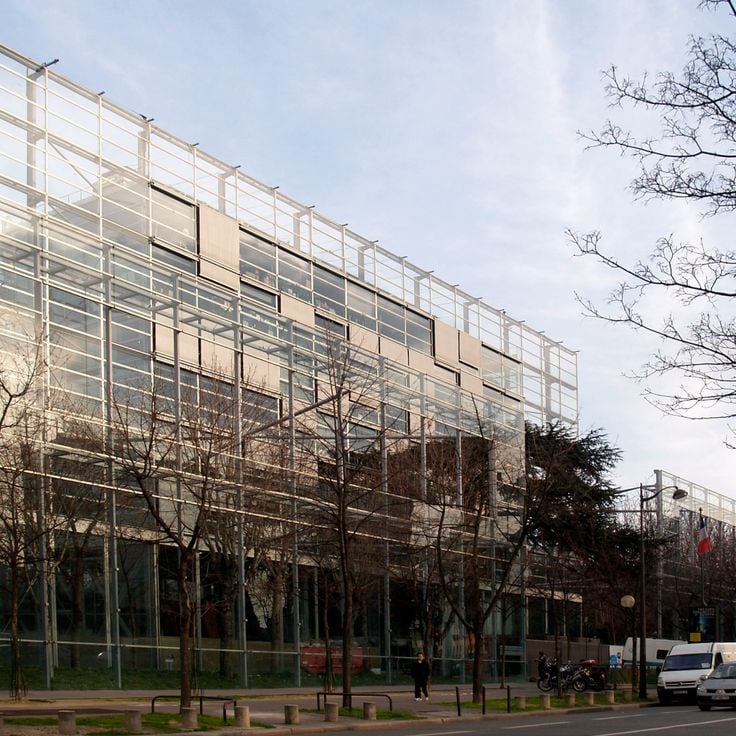
Paris, France
The Fondation Cartier opened in 1994 in a transparent building designed by architect Jean Nouvel. This museum focuses on contemporary art and hosts rotating exhibitions featuring international artists from various disciplines including painting, photography, design and video. The adjacent garden spans 1200 square meters and forms an integral part of the architectural concept. The glass facade creates a visual connection between interior and exterior spaces. The foundation regularly organizes events, performances and meetings with artists.
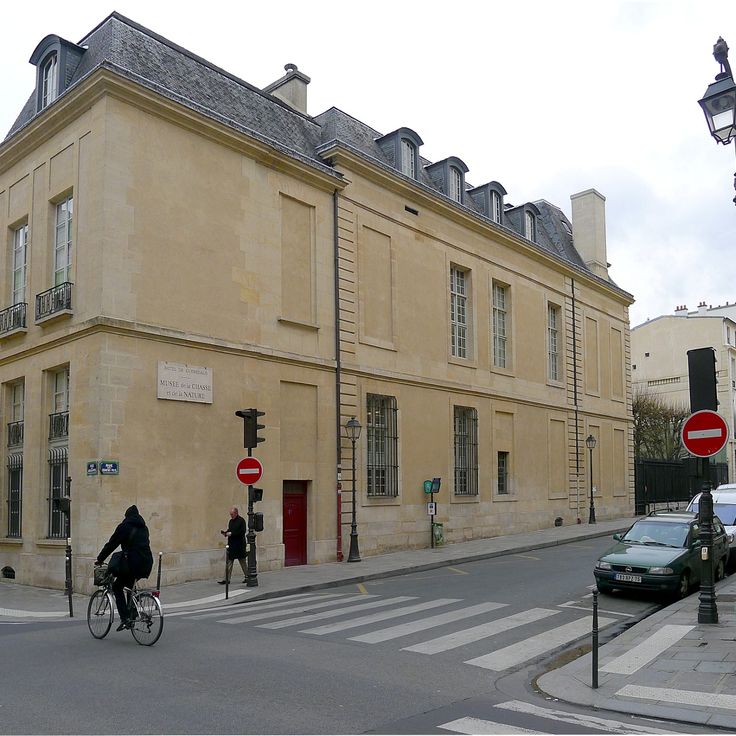
Paris, France
The Musée de la Chasse et de la Nature occupies two listed townhouses from the 17th and 18th centuries in the Marais district. The collection displays historical hunting weapons, taxidermied animals from European and exotic origins, and paintings and sculptures exploring the relationship between humans and animals. The exhibition rooms combine art historical objects with natural history specimens, creating a dialogue between hunting tradition and contemporary art.
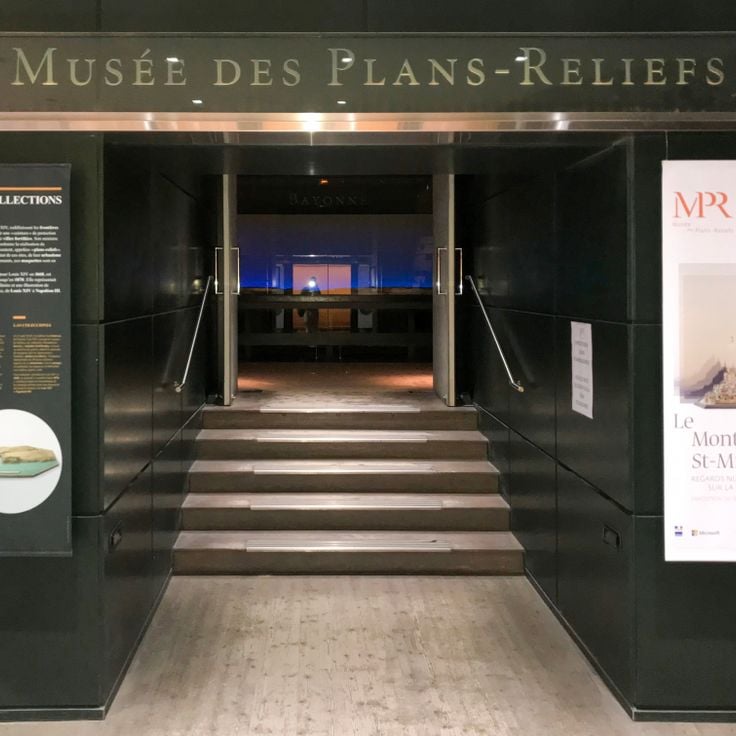
Paris, France
The Musée des Plans-Reliefs houses an extraordinary collection of military town models created between the 17th and 19th centuries. These detailed reliefs at a 1:600 scale represent fortified cities and strategic border locations across France. The models originally served King Louis XIV and his successors for planning defensive structures and military campaigns. The museum displays approximately one hundred of these historical miniatures, which depict architecture, topography, and fortifications with remarkable precision.

Bercy, France
The Musée des Arts Forains houses an exceptional private collection of historic fairground attractions from the 19th and 20th centuries. Visitors discover mechanical carousels, barrel organs, automata and showman objects that document the golden age of French popular festivals. The museum occupies former wine warehouses in Bercy and allows visitors to ride on functioning attractions. The collection includes Venetian carousels, Belle Époque salons and theatrical decorations. Guided tours present the history of traveling entertainment and its craftsmanship.
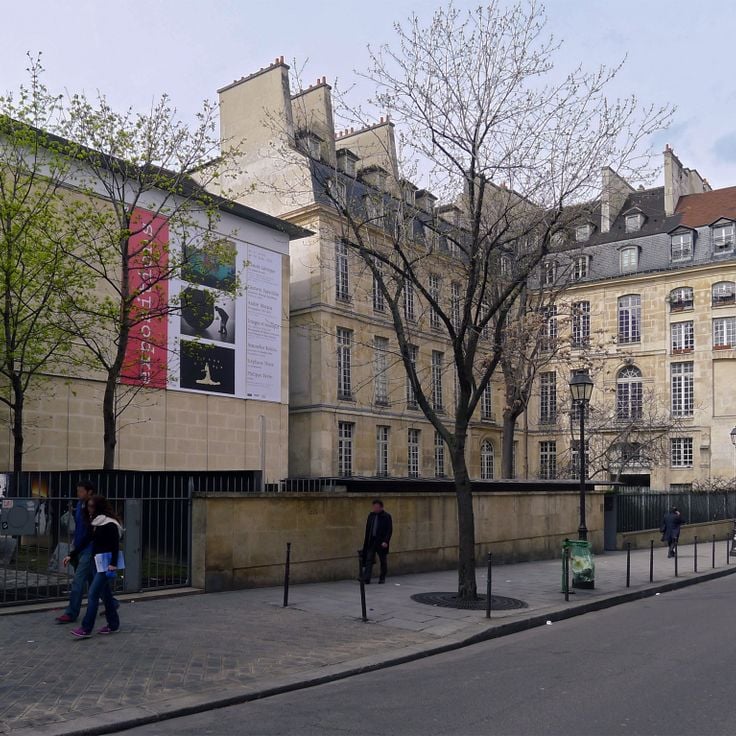
Le Marais, France
The Maison Européenne de la Photographie displays contemporary photography in an 18th-century renovated townhouse in the Marais district. The museum hosts rotating exhibitions featuring international and French photographers, alongside an extensive collection of photographic works from the 20th century to the present day. The venue combines historic architecture with modern exhibition spaces and a media library open to the public.
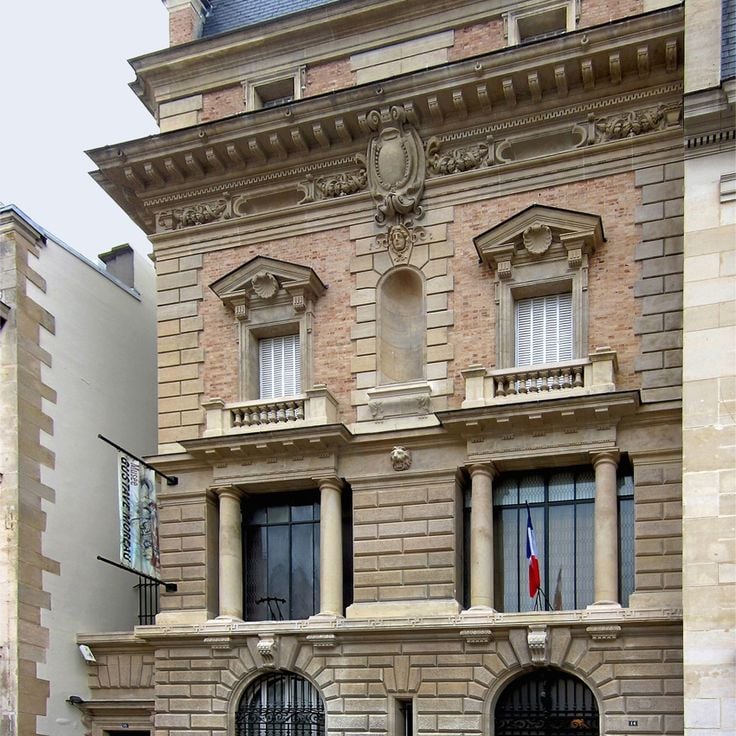
9th arrondissement, France
The Musée National Gustave Moreau occupies the former home and studio of the symbolist painter. This museum preserves over 1,300 works, including large-scale paintings, watercolors, drawings, and the artist's personal furniture. The rooms were arranged according to his wishes and provide an authentic view into his creative process. The collection presents mythological and biblical themes characteristic of Moreau's work. The three-story 19th-century building allows visitors to experience the artist's working environment.
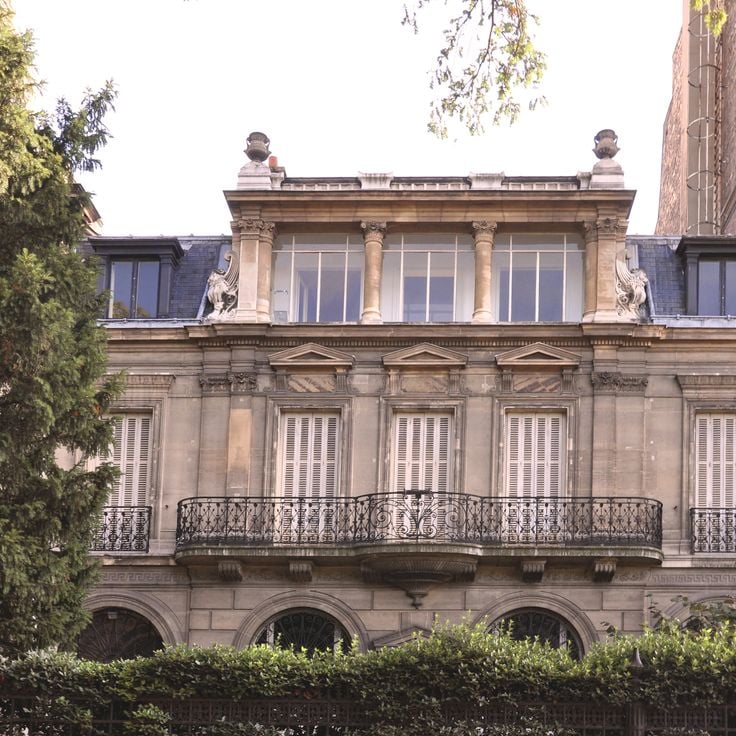
16th arrondissement, France
The Musée d'Ennery displays a collection of 7000 Japanese and Chinese artworks from the 19th century. The exhibition rooms are located in a mansion that was inhabited by Clémence d'Ennery and her husband Philippe Roussel. The collection includes ceramics, bronzes, lacquerware, and netsuke. The historic rooms have been preserved in their original configuration and convey the character of a 19th-century private collector's residence.
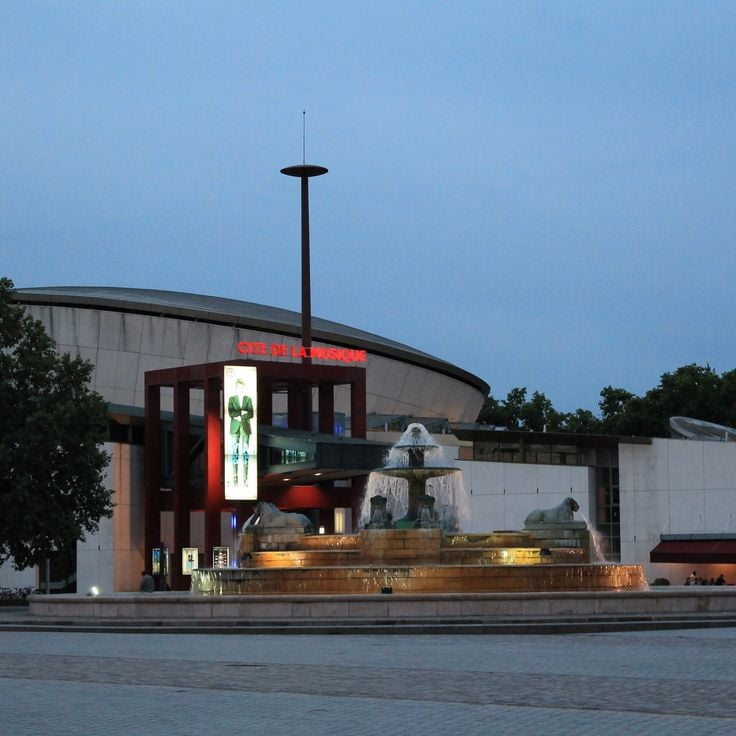
Paris, France
The Musée de la Musique houses a collection of over 1000 musical instruments from different periods and cultures. The exhibition displays European instruments from the 17th century to the present day, as well as non-European pieces from Africa, Asia and the Americas. Visitors can use audio guides to hear sound samples of the displayed instruments. The museum regularly organizes concerts and educational workshops in its premises at Parc de la Villette.
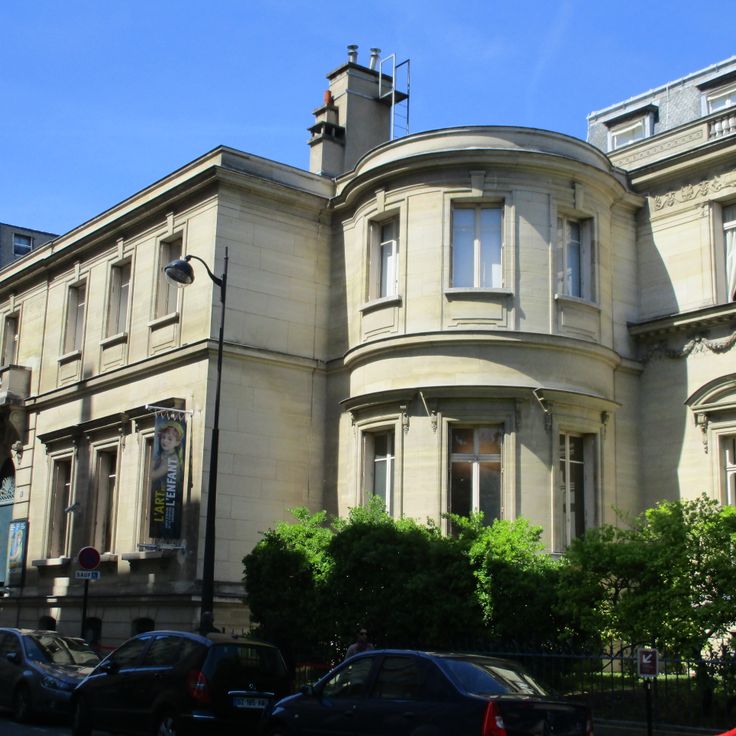
16th arrondissement, Paris, France
The Musée Marmottan Monet houses the largest collection of Claude Monet paintings in the world, with over 100 works. The museum displays important pieces from his late period in Giverny, including the famous Water Lilies series. This is where visitors can see 'Impression, Sunrise' from 1872, the painting that gave Impressionism its name. The collection also includes works by Renoir, Gauguin, Morisot and other Impressionist artists. The museum occupies a former 19th-century hunting lodge in the Ranelagh Gardens.
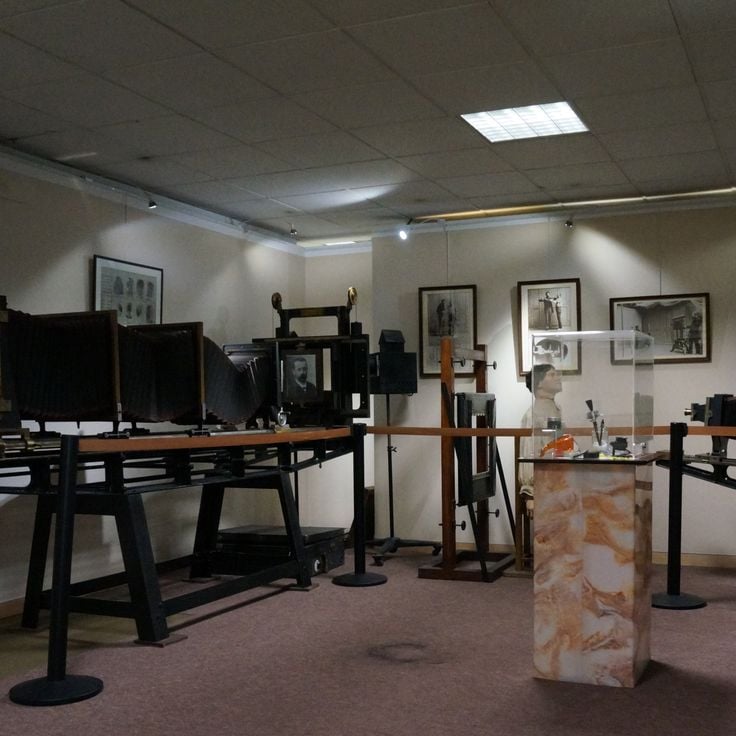
Paris, France
The Musée de la Préfecture de Police traces the history of the Paris police force from medieval times to the present day. The collection includes historical uniforms, weapons, equipment and documents from different periods. Visitors can explore photographs of significant events and figures in police history, as well as exhibits related to famous criminal cases. The museum documents the evolution of law enforcement and social changes in the French capital.
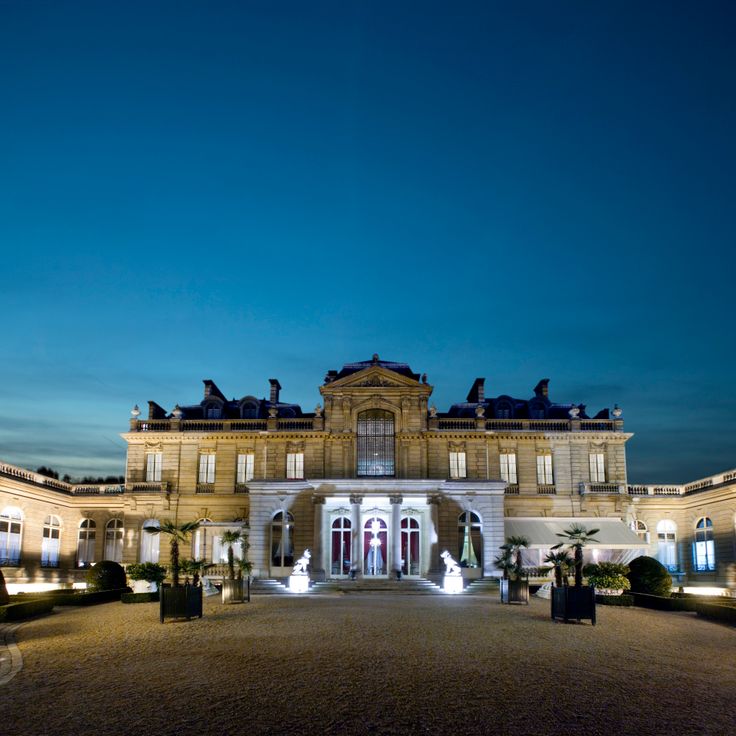
8th arrondissement, Paris, France
The Musée Jacquemart-André occupies a 19th-century mansion on Boulevard Haussmann. The former residence of collectors Édouard André and Nélie Jacquemart houses their private art collection featuring works by Botticelli, Uccello, Bellini and Mantegna. The rooms display 18th-century French furniture, Flemish paintings and tapestries. The winter garden and the ornate Italian-style spiral staircase represent architectural highlights of the building.
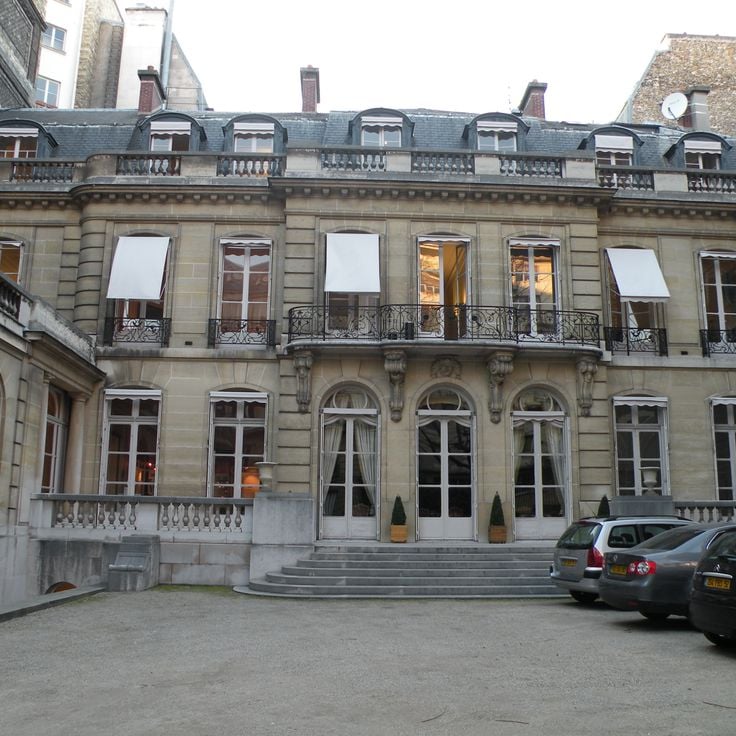
Paris, France
The Musée de la Contrefaçon displays authentic items alongside counterfeit versions, documenting the evolution of product piracy since medieval times. The collection includes textiles, perfumes, toys, spirits and luxury goods that illustrate various counterfeiting methods. This museum educates visitors about the economic and legal consequences of counterfeiting and demonstrates how brands protect themselves against imitation.
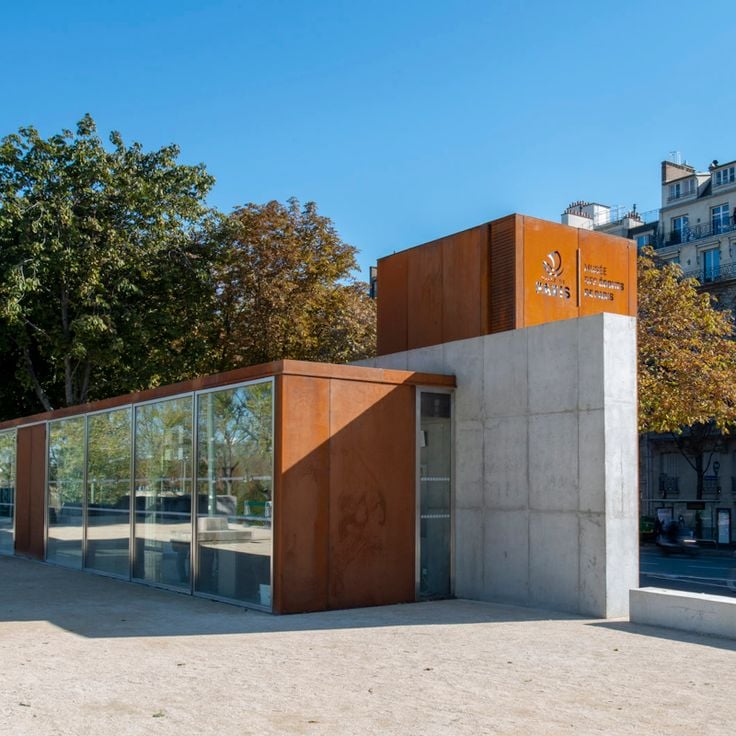
Paris, France
The museum is located in the underground sewers of Paris and documents the development of the urban wastewater system from the 14th century to the present day. The exhibition displays original machines, tools and technical equipment used for the maintenance and operation of the sewer network. Visitors learn how the system was constructed and what technical solutions were developed to address sanitary challenges.
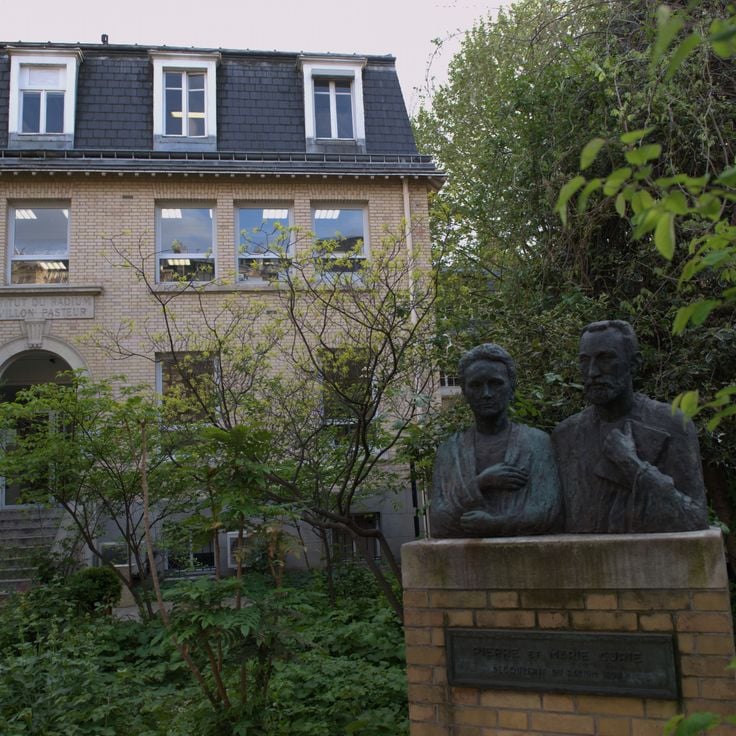
Paris, France
The Musée Curie presents Marie Curie's historic laboratory at the Institut du Radium. The rooms display the scientific instruments, laboratory equipment and personal work materials of the two-time Nobel Prize laureate. The museum preserves original apparatus from radioactivity research, along with photographs, documents and objects documenting Marie Curie's scientific career. The site provides insights into early twentieth-century research conditions.
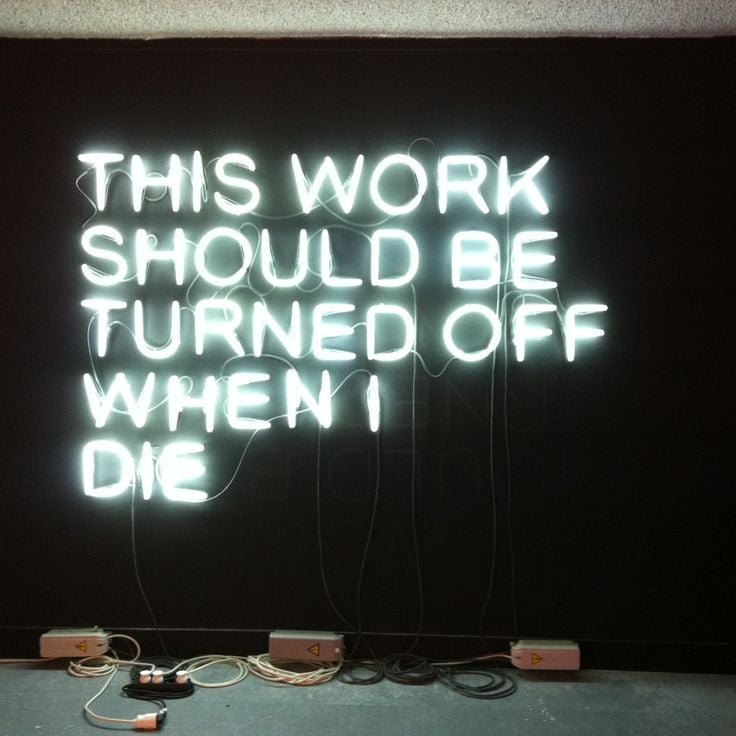
Paris, France
La Maison Rouge was a private foundation housed in a converted industrial building in the 12th arrondissement from 2004 to 2018. This institution focused on presenting contemporary art through rotating exhibitions that frequently showcased private collections. The building combined historic industrial architecture with modern exhibition spaces, offering art collectors the opportunity to share their works with a wider audience.

Paris, France
The Musée d'Art et d'Histoire du Judaïsme documents the history and culture of Jewish communities in France and Europe. Collections include religious objects, artworks, manuscripts, and everyday items from the Middle Ages to the present day. This museum occupies the Hôtel de Saint-Aignan in the Marais district, a historic center of Jewish life in Paris. Temporary exhibitions address topics such as Jewish art, migration, and contemporary debates.
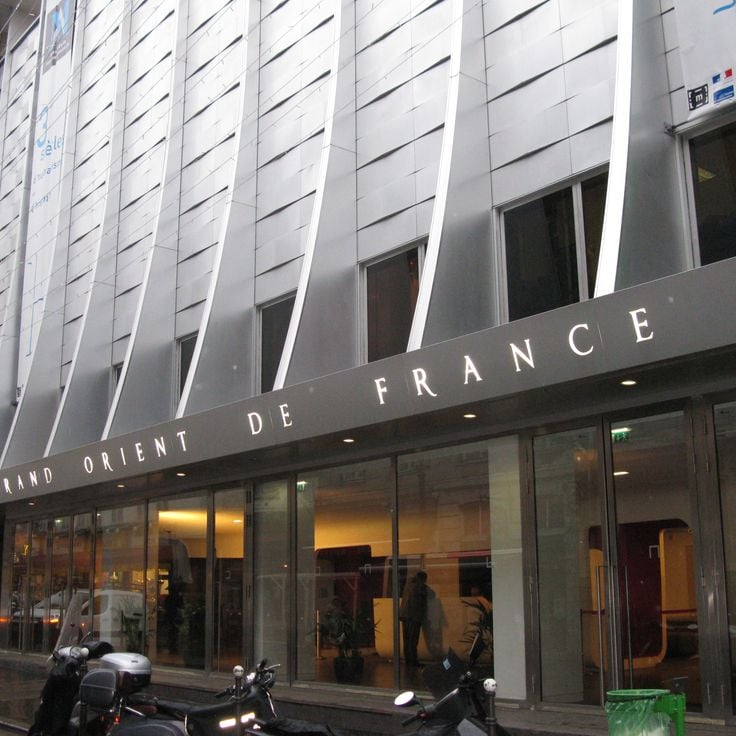
Paris, France
The Musée de la Franc-Maçonnerie is located in the historic headquarters of the Grand Orient de France in the 9th arrondissement. This museum presents an extensive collection of objects, documents, and symbols that trace the history and philosophy of Freemasonry in France. The exhibition includes ritual items, paintings, sculptures, archives, and personal belongings of notable Freemasons. Visitors can follow the development of this discrete movement from the 18th century to the present day and understand its role in French society, politics, and culture.
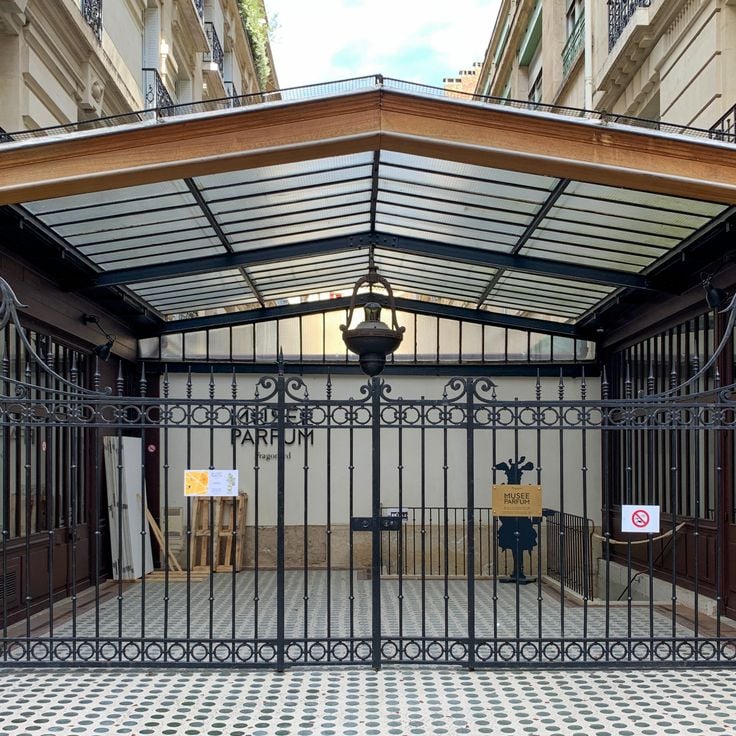
Paris, France
The Musée du Parfum Fragonard occupies a 19th-century townhouse in the 9th arrondissement of Paris. This museum presents the history of perfume making and displays historical bottles, distillation equipment, and raw materials from different periods. Visitors discover the various stages of perfume creation, from the selection of essences to the composition of fragrance notes. The museum offers free guided tours that explain extraction techniques and the development of the perfume industry in Grasse.

Paris, France
The Musée de la Poupée is located in the heart of Paris and displays a collection of over 500 dolls from France and other countries. The exhibited pieces date from 1860 to the present day, documenting the evolution of doll making over more than a century and a half. The museum showcases various materials, techniques and styles that reflect the craftsmanship and social changes of these periods. The collection includes both antique models and contemporary creations, offering visitors of all ages an insight into the history of this craft.
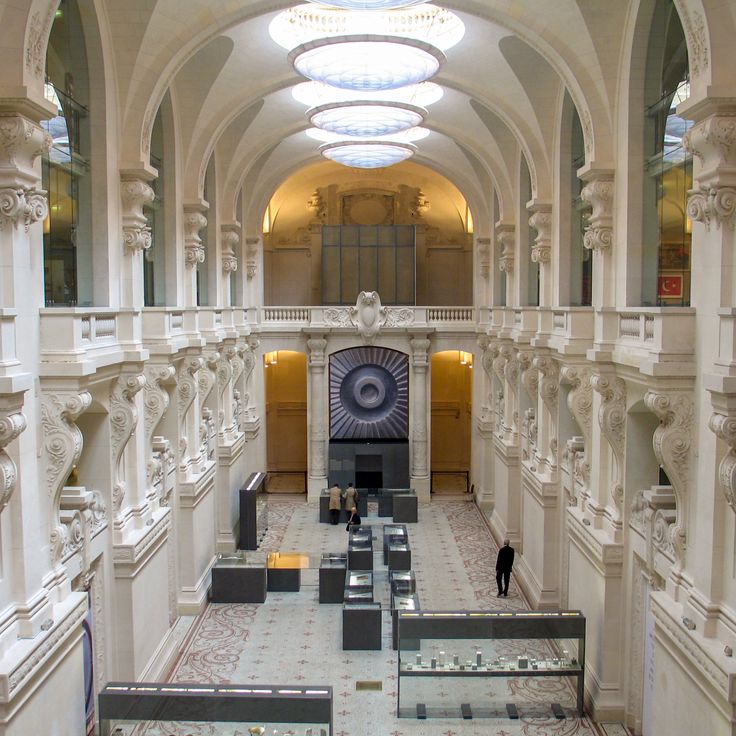
Paris, France
The Musée des Arts Décoratifs displays over 6,000 objects from its extensive collections, featuring furniture, ceramics, glass, textiles and fashion from the Middle Ages to the present day. This museum occupies the Rohan wing of the Palais du Louvre and presents the evolution of decorative arts through chronologically arranged galleries. The collections document French craftsmanship and design tradition alongside international influences on decorative arts and design.
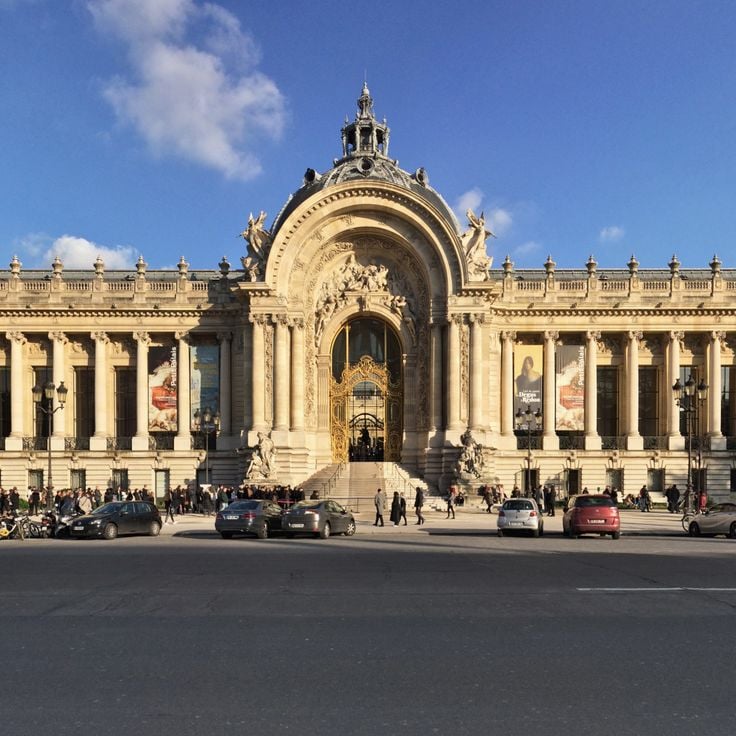
Paris, France
The Petit Palais houses the City of Paris Museum of Fine Arts. Its permanent collection includes paintings, sculptures, furniture and decorative objects spanning from ancient Greece to the early 20th century. The museum displays works by French painters such as Courbet, Monet and Cézanne, alongside Dutch and Flemish masters. The building's architecture from 1900 combines classical elements with Art Nouveau details. The interior garden with its colonnades provides a quiet space in central Paris. Admission to the permanent collection is free.
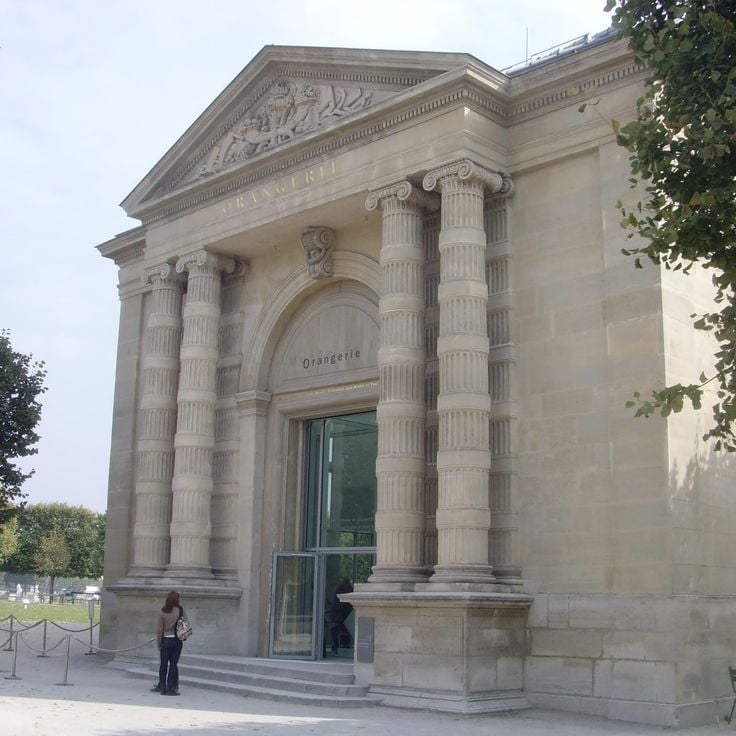
Paris, France
The Musée de l'Orangerie is located in the Jardin des Tuileries and houses major works of Impressionism and Post-Impressionism. This former orangery displays Claude Monet's water lily series in two oval rooms designed specifically for these large-scale compositions. The Walter-Guillaume collection on the lower level features paintings by Renoir, Cézanne, Matisse, Picasso, Modigliani and Soutine. The museum was converted in the late 1920s to accommodate Monet's monumental canvases, which the artist donated to the French state.

Paris, France
The Palais de Tokyo is a contemporary art center located in the 16th arrondissement of Paris. This former exhibition hall from the 1937 World's Fair now hosts rotating exhibitions featuring works by international artists. The open spaces span multiple floors and present installations, video art, performances, and experimental projects. The building itself displays its industrial architecture with exposed concrete walls and minimal interior finishing. The entrance area leads to various exhibition rooms that are regularly reconfigured. A restaurant and bookshop complement the offerings. The institution supports emerging artists while also presenting established names in contemporary art.
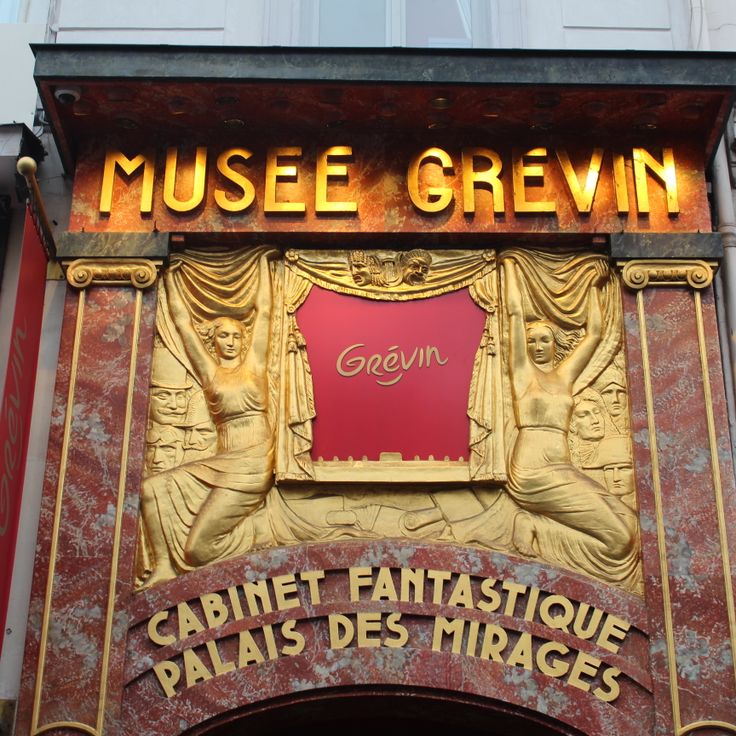
Paris, France
The Musée Grévin was established in 1882 and displays over 200 detailed wax figures of French and international personalities from the arts, politics and history. This museum is located in the Grands Boulevards area and allows visitors to encounter famous figures such as Napoleon, Marie Antoinette or contemporary stars from film and sports. The wax figures are presented in themed settings that recreate historical moments and cultural events. The building itself contains ornate halls with baroque decoration, including the Hall of Mirrors and the Palais des Mirages.